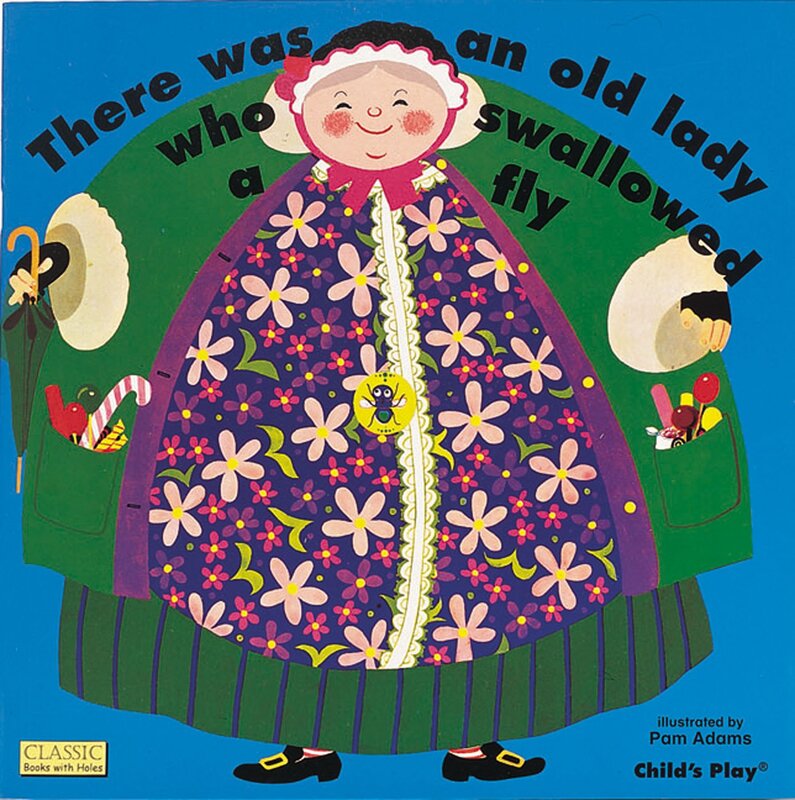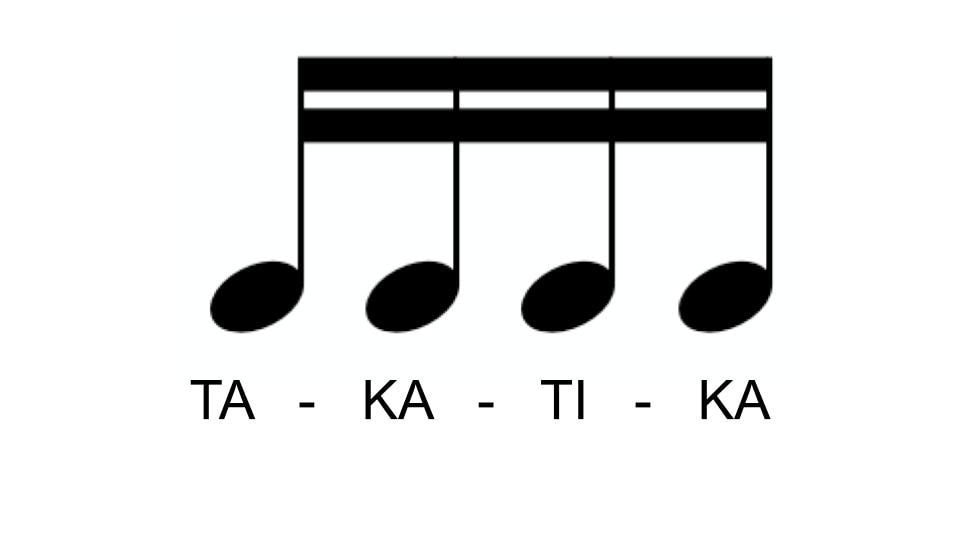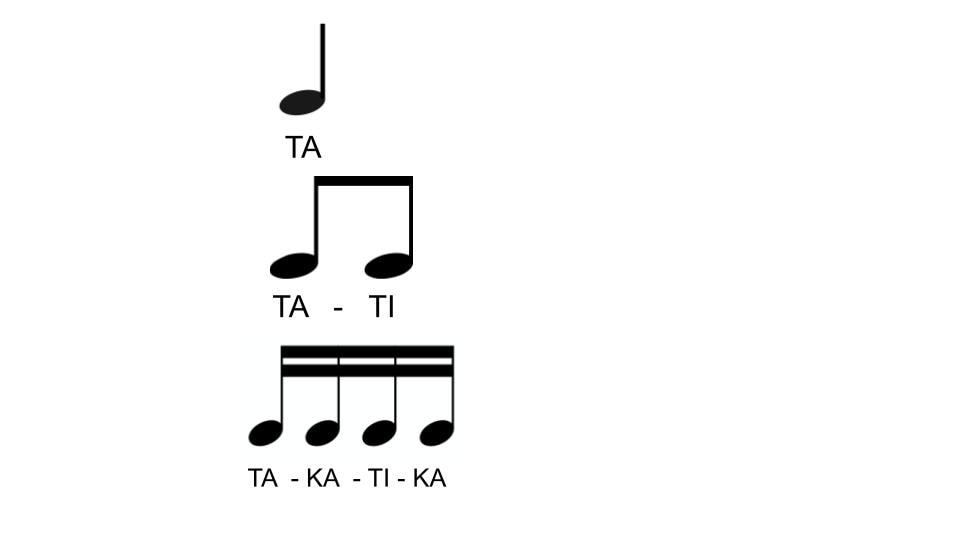THINK!
Watch this video to learn a little bit about the composer Wolfgang Amadeus Mozart
Mozart was AMAZING at improvising and changing the songs that he heard. One song that he changed 12 different times is the song we know as "Twinkle, Twinkle Little Star". Even that song had a different name when it was first written hundreds of years ago. Listen to the music in the video below. Do you hear "Twinkle, Twinkle in the beginning? What about when the music changes and sounds DIFFERENT? If you listen carefully you can still hear the original song in the background.
Mozart fue INCREÍBLE improvisando y cambiando las canciones que escuchó. Una canción que cambió 12 veces diferentes es la que conocemos como "Twinkle, Twinkle Little Star". Incluso esa canción tenía un nombre diferente cuando se escribió por primera vez hace cientos de años. Escuche la música en el video a continuación. ¿Escuchas "Twinkle, Twinkle al principio? ¿Qué pasa cuando la música cambia y suena DIFERENTE? Si escuchas con atención, aún puedes escuchar la canción original de fondo.
Here's another song with an ABA form. Listen for the A section and the B section...
Aquí hay otra canción con forma ABA. Escuche la sección A y la sección B ...
This is a song by Mozart called "The Turkish March" or "Rondo Alla Turca."
Esta es una canción de Mozart llamada "La marcha turca" o "Rondo Alla Turca".
When composers do an improvisation of a song, or many improvisations on the same song the can put them together in a collection and they are called VARIATIONS ON A THEME. We looked at a variation of Old Macdonald last class. More recently we looked at the book "I know an Old Lady Who Swallowed a Fly". Wait until you see how many variations there are of this story! I will share them below as we look at them.
Cuando los compositores improvisan una canción, o muchas improvisaciones en la misma canción, pueden juntarlas en una colección y se llaman VARIACIONES SOBRE UN TEMA. Observamos una variación del Old Macdonald de la última clase. Más recientemente miramos el libro "Conozco a una anciana que se tragó una mosca". ¡Espera a ver cuántas variaciones hay de esta historia! Los compartiré a continuación a medida que los veamos.
Did you know that music has a heart beat just like we do? Put your hand on your chest and see if you can feel your heart beating. Is it fast or slow? Does it change? How can you make it change? In music we call this a steady beat. Whether it is fast, slow, or somewhere in between the beat always stays steady and constant. Watch this video about steady beat. |
¿Sabías que la música tiene un latido del corazón como nosotros? Ponga su mano sobre su pecho y vea si puede sentir su corazón latiendo. ¿Es rápido o lento? ¿Cambia? ¿Cómo puedes hacer que cambie? En música llamamos a esto un ritmo constante. Ya sea rápido, lento o en algún punto intermedio, el ritmo siempre se mantiene estable y constante. Vea este video sobre el ritmo constante.
|
In music we call this note a "TA". It gets 1 beat.
En música llamamos a esta nota "TA". Obtiene 1 latido.
TA
These rests get one beat also and we say "Shhh" when we see them.
(Estos descansos también reciben un latido y decimos "Shhh" cuando los vemos.)
Shhh
This note is called a "TA-TI". Even though there are 2 parts to the note is still only takes up one beat in music.
(Esta nota se llama "TA-TI". Aunque hay 2 partes en la nota, solo ocupa un tiempo en la música.)
TA-TI
Ta-Ka-Ti-Ka has 4 parts to each beat. Look and see how ALL of the Ta's line up, and the Ti's line up too! Remember that EVERY rhythm note you read starts with a TA.
|








